Research
Our research focuses on the development of light-matter quantum interfaces that enable quantum communication over extended networks as well as quantum information processing within and across quantum network nodes. This involves studying cavity-enhanced interaction between photons and rare-earth ions (both individual and ensembes) with the goal to create single and entangled photons, quantum memories for light, as well as quantum computing nodes -- all in a compatibe manner and based on the same material system.

Quantum networks enable quantum communication between a large number of nodes, e.g. for quantum teleportation and quantum key distribution, as well as networked and blind quantum computing. Our research targets the creation of various quantum network components as well as their assemby into full systems.

Cryogenically cooled rare-earth-ion-doped crystals are at the heart of our efforts of creating compatible technology for quantum networks, and the investigation of their spectroscopic properties as well as the optimization of the latter is a common task in our lab.
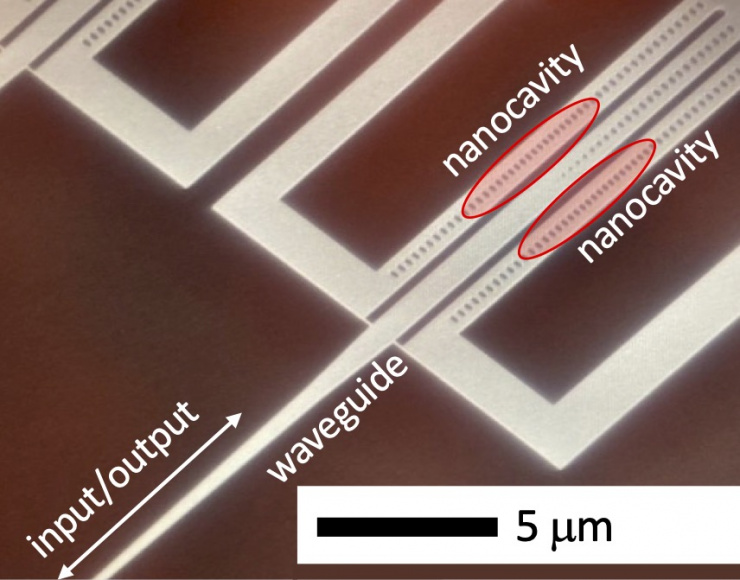
Photonic-crystal cavities
Being an underpinning tool that enhances light-matter interactions by means of the Purcell effect, our research includes the design and fabrication of nano-sized photonic-crystal cavities that can either be placed on top of a rare-earth crystal (and then couples evanescently to the rare-earth ions) or is fabricated directly out of a rare-earth-doped material.
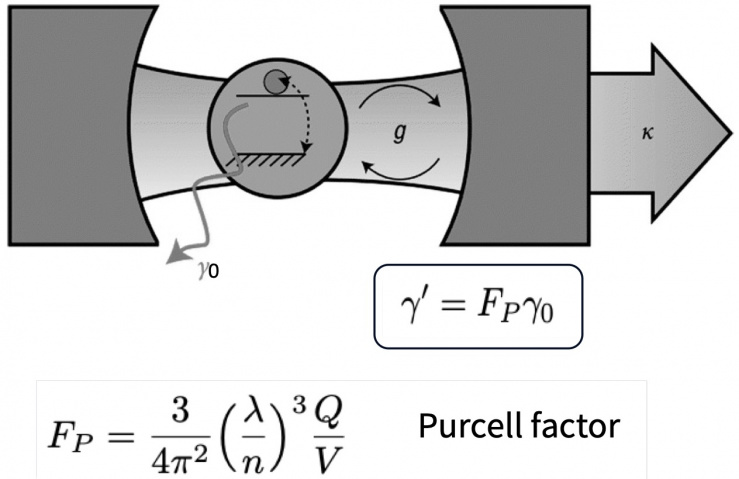
As a key ingredient for quantum networks, our research has always focused on the creation and characterization of single photons and pairs of entangled photons. Enaboled by cavity- (Purcell-) enhanced light-matter interaction, we target the creation of non-classical light using individual rare-earth ions.
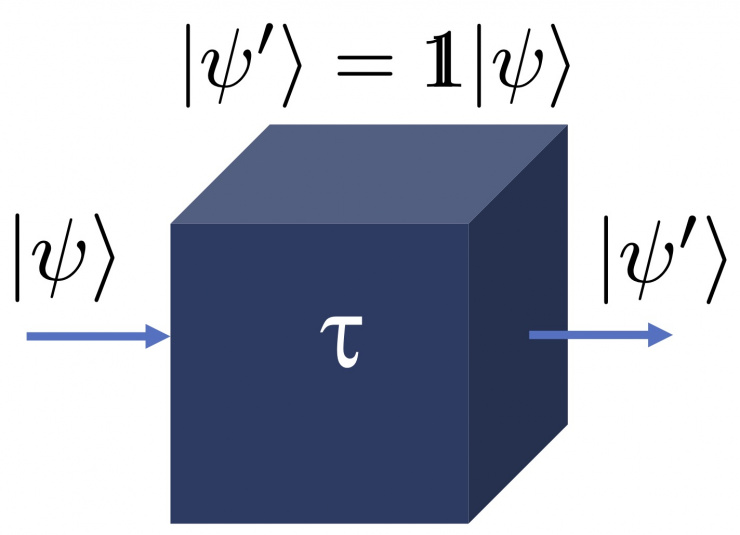
The possibility for storing quantum information (quantum states) encoded into photons is crucial for many quantum information processing tasks, including for quantum repeaters. We tackle this challenge using ensembles of rare-earth ions doped into cryogenically cooled crystals that allow the reversible mapping of quantum states between photons and collective atomic excitation using a photon-echo protocol.
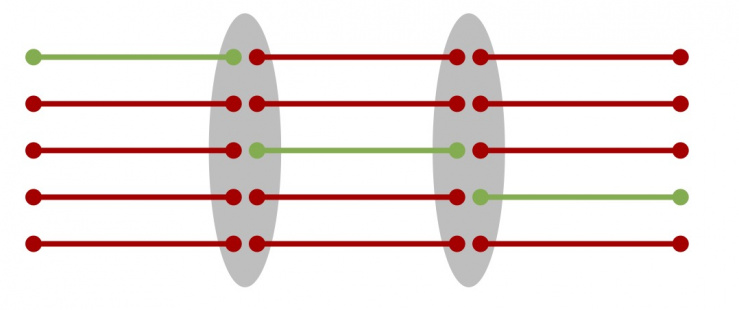
Quantum repeaters promise extending the distance over which entanglement--the very resource for future quantum networks--can be established. This can be achieved by combining sources of entangled photons, multiplexed quantum memory for light, and Bell-state measurments.
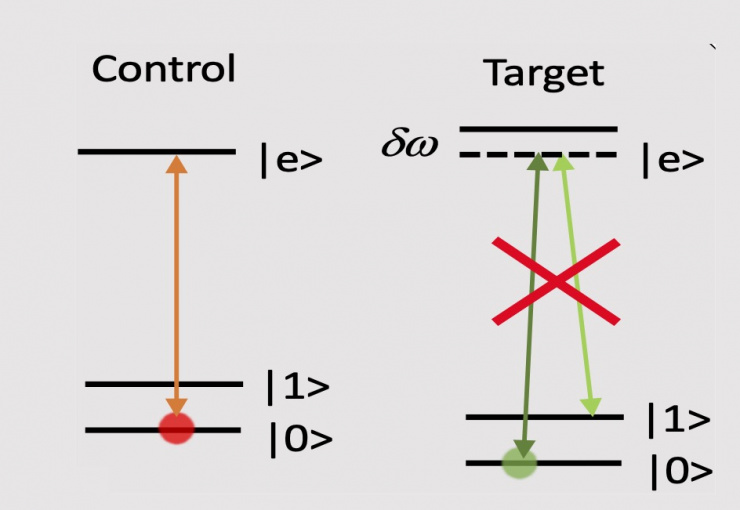
To allow quantum information processing (quantum computing) within and across network nodes, we study controlled interactions with and between nuclear spins of individual rare-earth ions. This research relies on (nano-) cavity enhanced interactions with light, which is exploited for single qubit initialization, gates and read-out as well as two-qubit gates.